'Famous but understudied': IM Pei exhibition at M+ in Hong Kong is a deep dive into the architect's legacy
'IM Pei: Life is Architecture' is an exhibition celebrating the global icon; and it's just opened at M+ in Hong Kong

Remembered as one of his era's greats, IM Pei (Ieoh Ming Pei, 1917-2019) designed over 60 buildings across the world during a career spanning seven decades. The leading architect, whose work is characterised by sculptural and geometric visual expression, won every significant award in his field, including the 1983 Pritzker Architecture Prize and the prestigious 2010 RIBA gold medal.
IM Pei’s landmark projects read like a wish list of prestigious commissions. His designs for the National Gallery of Art East Building in Washington, DC, the Grand Louvre extension – which has become a beloved symbol of Paris – the Bank of China tower in Hong Kong’s central district, and Doha’s Museum of Islamic Art, firmly established Pei as one of the most iconic figures in architecture.
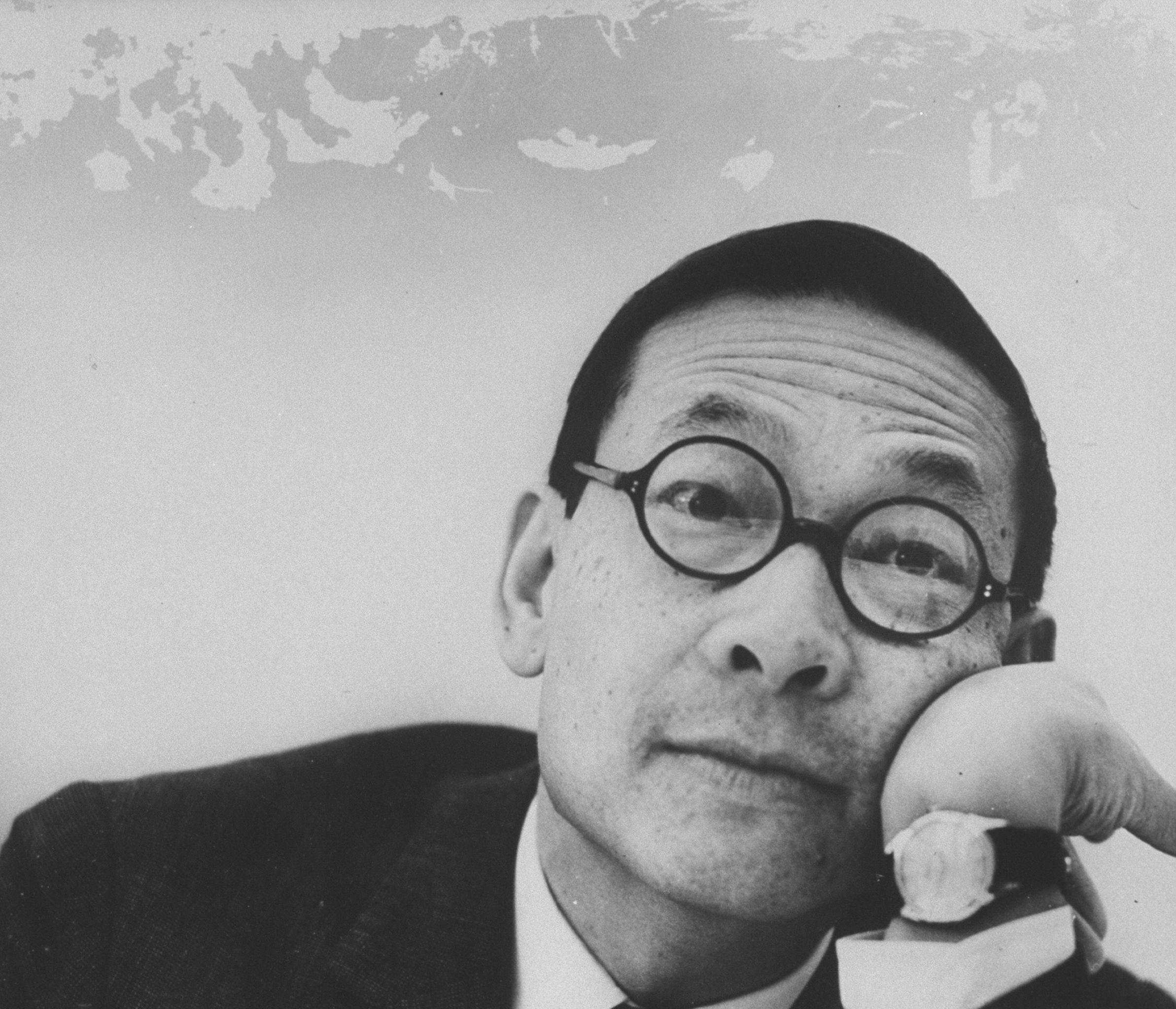
'IM Pei: Life is Architecture': the exhibition
Hong Kong’s museum of visual art, design and architecture, M+, has opened the first ever retrospective of the architect’s work. ‘IM Pei: Life is Architecture’ animates the life of the influential figure through film, original drawings, commissioned architectural models, photographs, and archival documentation, ranging from magazine covers and newspaper clippings to personal letters. It is fitting that the institution based in West Kowloon, the city’s cultural quarters, looks out across the waters of Victoria Harbour to the Bank of China’s blade-like tower – an exceptional example of Pei’s technical expertise.
The show's curators – architectural historian Shirley Surya and the artistic director of Rotterdam’s Nieuwe Instituut (and sometime Wallpaper* contributor) Aric Chen – were keen to challenge assumptions about an individual Surya describes as 'famous but understudied.'

Suzhou Museum
'Pei’s practice is defined by principles that are consistent across different projects, but not a style,' Surya explains in response to the presupposition that he was a corporate architect or was governed by a predilection for geometric design. She points to his mastery of the classic architectural goal of creating a seamless movement through space, his engaged intervention on site, and his influence in shaping the surrounding environment – a recurrent theme explored throughout the show.
‘It's all about capturing views – capturing what is the strength of the site, and then bringing it into the building,' Surya says.

Museum of Islamic Art
The exhibition takes a close look at Pei’s life and work through six areas of focus beginning with his transcultural foundations. Archive video footage contextualises the China of Pei’s youth, showing scenes of metropolitan Shanghai and Hong Kong in the 1920s and 1930s, and the landscaped walled gardens of Suzhou.
Receive our daily digest of inspiration, escapism and design stories from around the world direct to your inbox.
The show does not shy away from Pei’s early career as a commercial architect at New York-based property development firm Webb and Knapp, despite the field's historical disdain for such profit-driven collaborations. It highlights how the commissions provided a training ground, shaping Pei’s outlook on what buildings should mean for the landscape of a city and the architect’s commitment to strengthening the community through design.
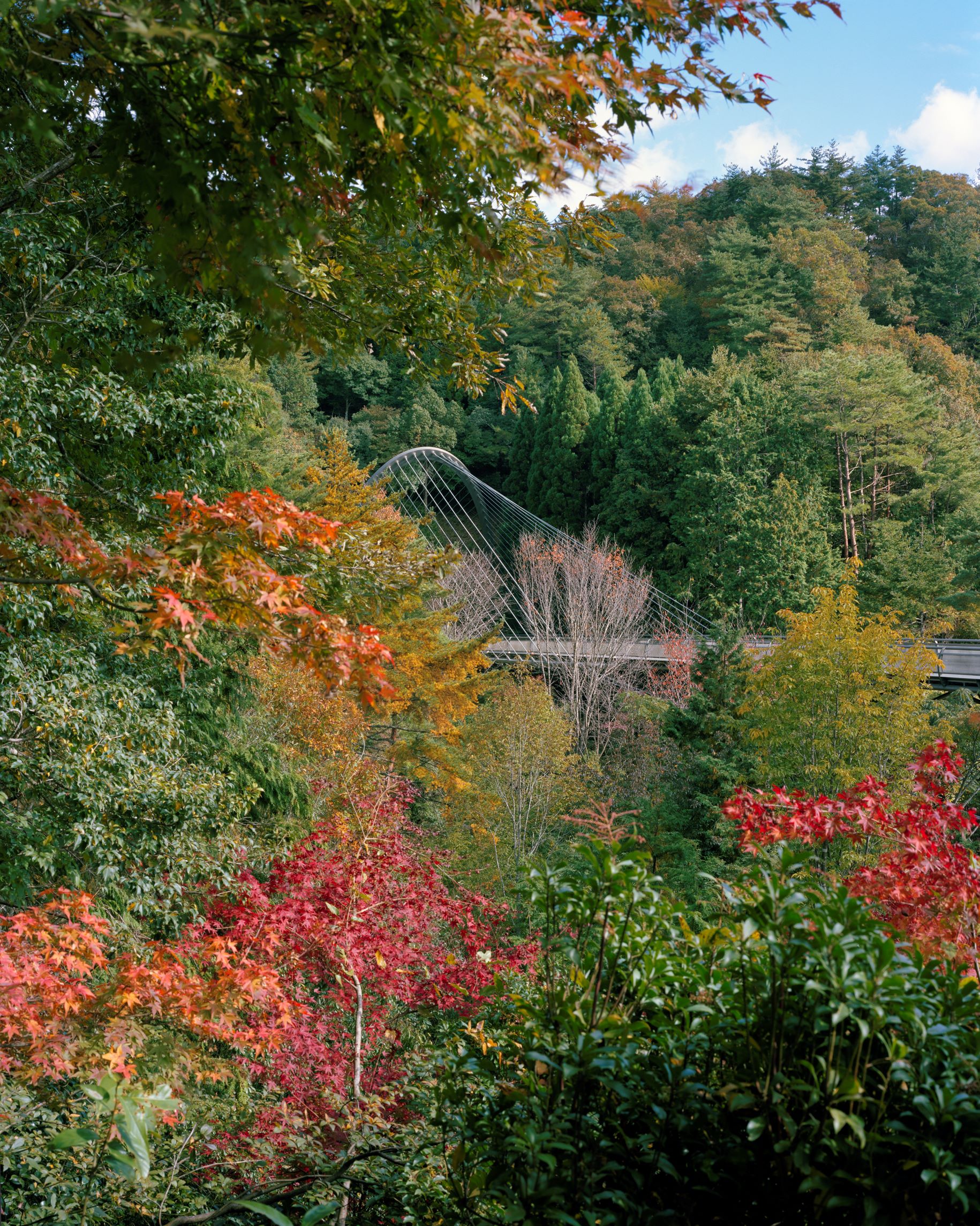
Suspension bridge extending from a tunnel dug through the mountains, Miho Museum (1991–1997), Shigaraki, Shiga, 2021
Seven years in the making, the exhibition is an expansive take on the international figure that includes small and almost forgotten projects, such as the groundbreaking Sunning Plaza development in Hong Kong. Completed in 1982, it became a ‘prototype’ for the city’s office buildings in the 1980s.
The team at M+ realised that most texts on Pei were by European and American historians and writers. 'We thought that projects that were in Asia were not so much on their radar,' Surya says. 'We wanted to find projects that are by Pei in this part of the world that may not seem as important as the Louvre but were important to the cities here.'
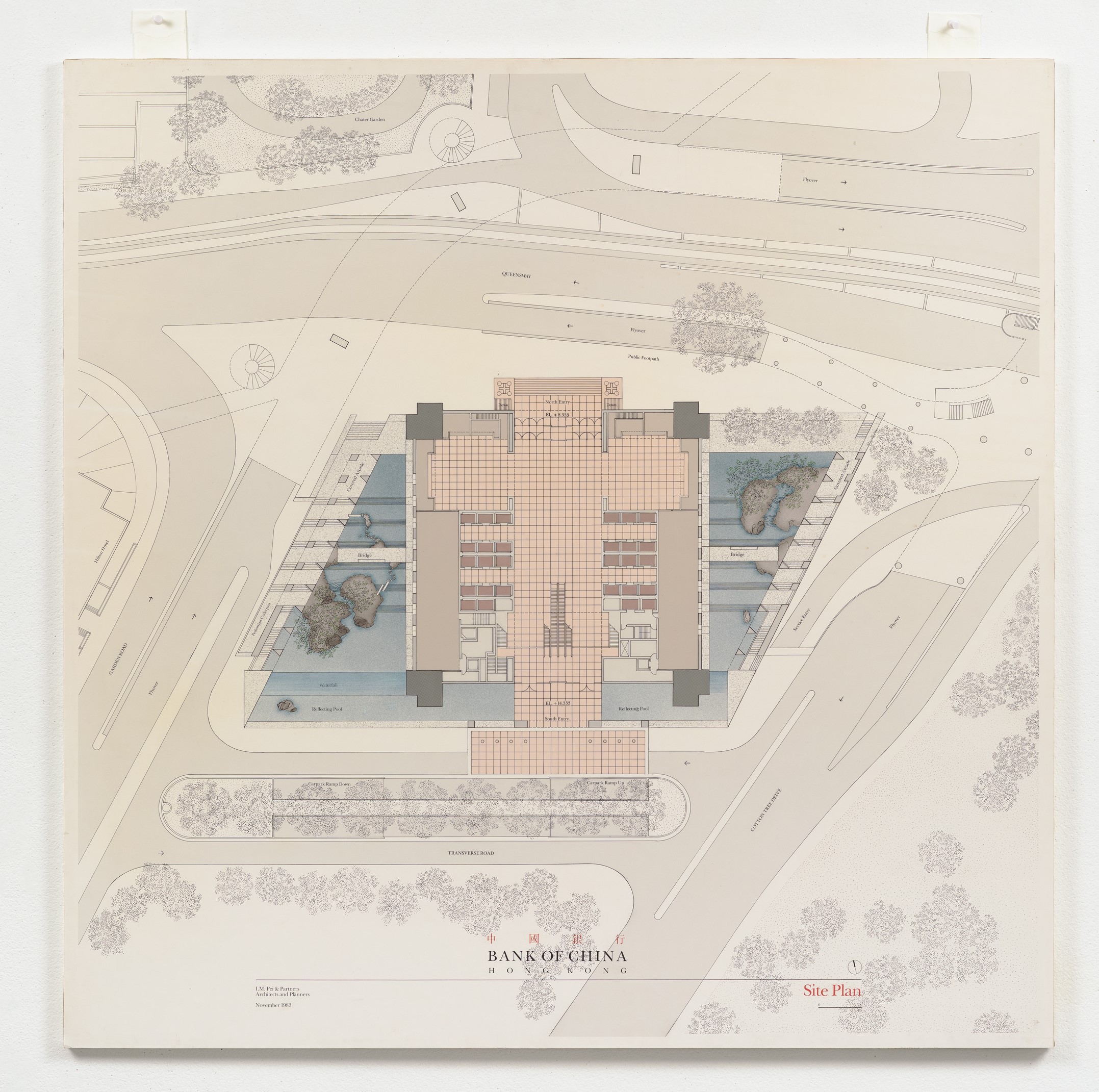
Site plan of Bank of China Tower
Despite this, the high-profile Grand Louvre project unsurprisingly takes centre stage with the print media surrounding the project, alongside material documenting its conception and construction. Despite his fame, Pei existed on the margins due to his underrepresentation in academia.
Instead of producing theoretical research and writing, he chose his enduring passion – to build. The curators at M+ sought to reorient how he is evaluated by foregrounding the vibrant discussion commissions like the Louvre scheme generated – shifting the focus to his far-reaching cultural influence and the impact of the built work as architecture of public interest.

Grand Louvre
Ijeoma Ndukwe is an award-winning writer and journalist based in London. Her work has been published and broadcast on international platforms including the BBC, Al Jazeera and The New York Times.
-
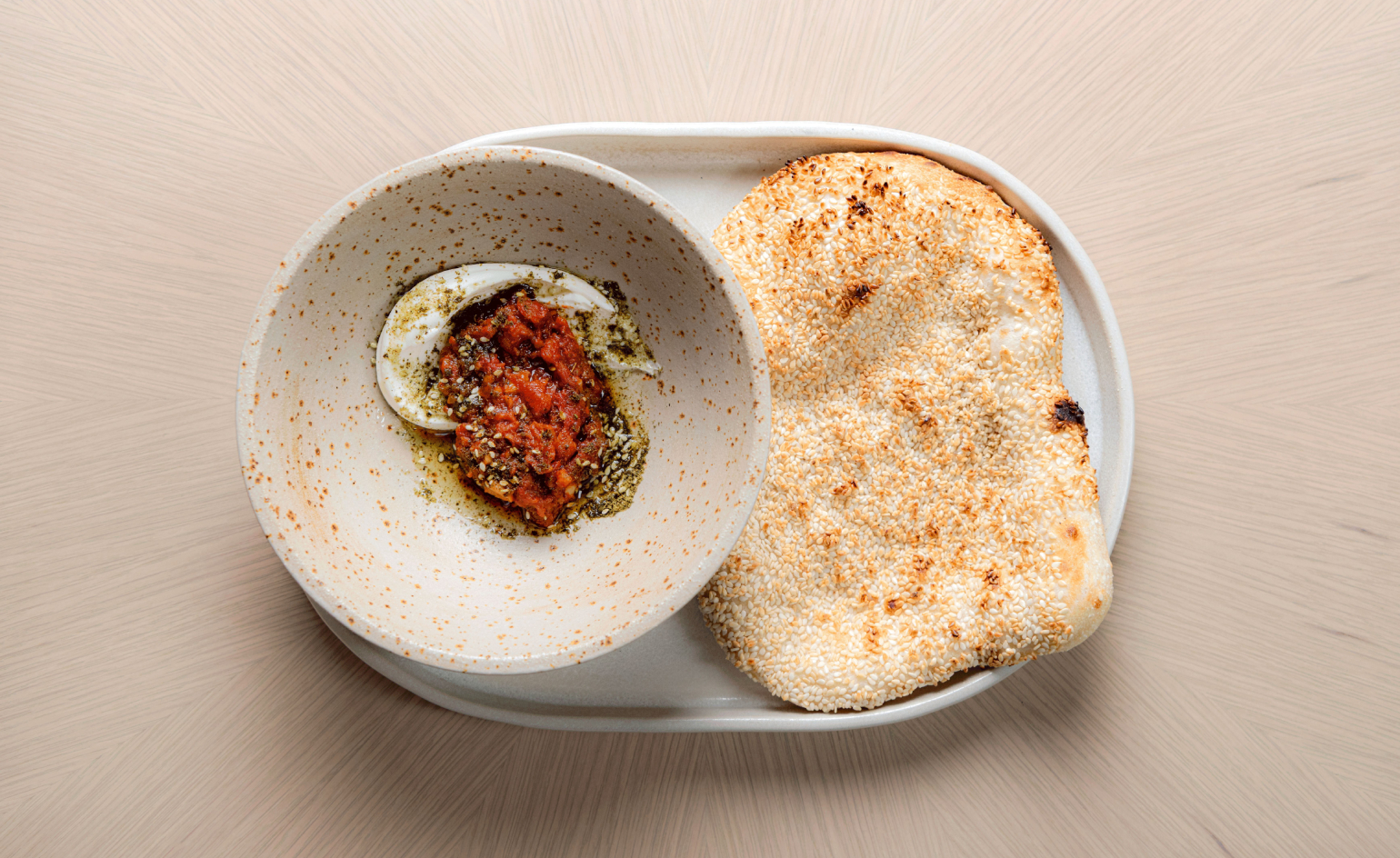 Nela is London's new stage for open-fire gastronomy
Nela is London's new stage for open-fire gastronomyA beloved Amsterdam import brings live-fire elegance to The Whiteley’s grand revival
-
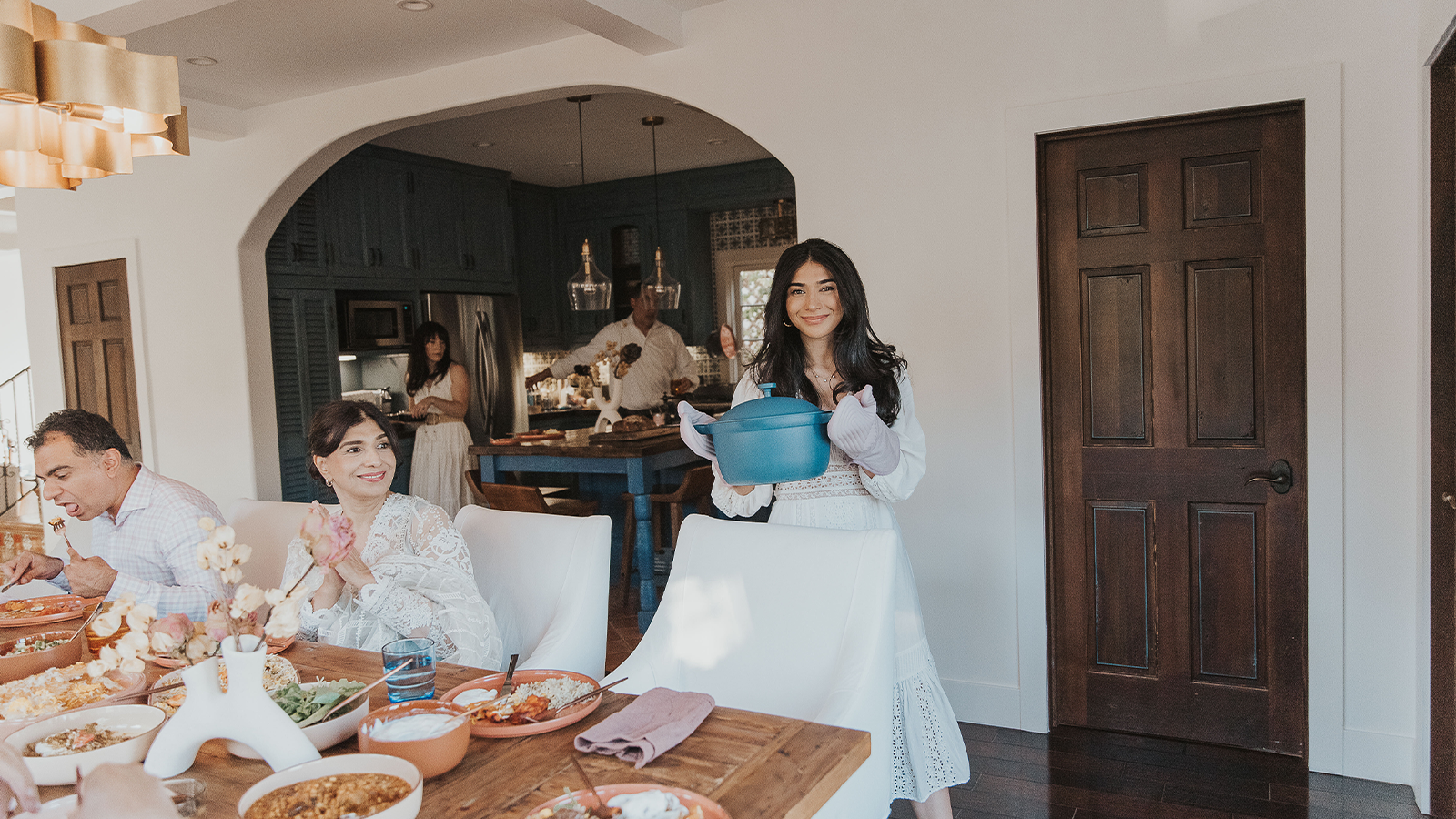 How we host: with Our Place founder, Shiza Shahid
How we host: with Our Place founder, Shiza ShahidWelcome, come on in, and take a seat at Wallpaper*s new series 'How we host' where we dissect the art of entertaining. Here, we speak to Our Place founder Shiza Shahid on what makes the perfect dinner party, from sourcing food in to perfecting the guest list, and yes, Michelle Obama is invited
-
 Matteo Thun carves a masterful thermal retreat into the Canadian Rockies
Matteo Thun carves a masterful thermal retreat into the Canadian RockiesBasin Glacial Waters, a project two decades in the making, finally surfaces at Lake Louise, blurring the boundaries between architecture and terrain
-
 Tour Mountain Residence’s refined ‘interior landscape’ in Hong Kong
Tour Mountain Residence’s refined ‘interior landscape’ in Hong KongMountain Residence is a serene, multigenerational family home, nestled on Kowloon’s Mount Beacon in Hong Kong and designed by Nelson Chow
-
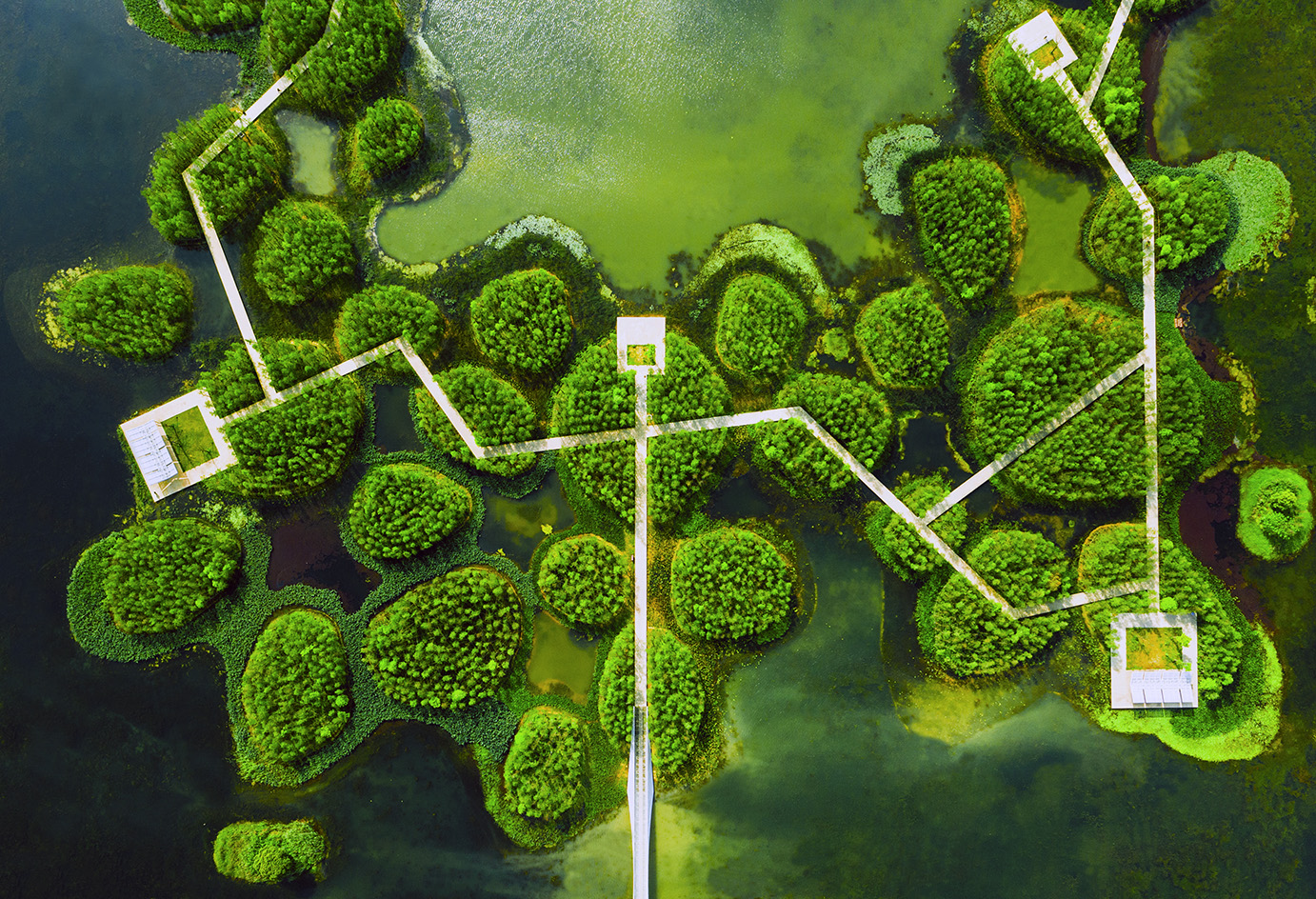 Honouring visionary landscape architect Kongjian Yu (1963-2025)
Honouring visionary landscape architect Kongjian Yu (1963-2025)Kongjian Yu, the renowned landscape architect and founder of Turenscape, has died; we honour the multi-award-winning creative’s life and work
-
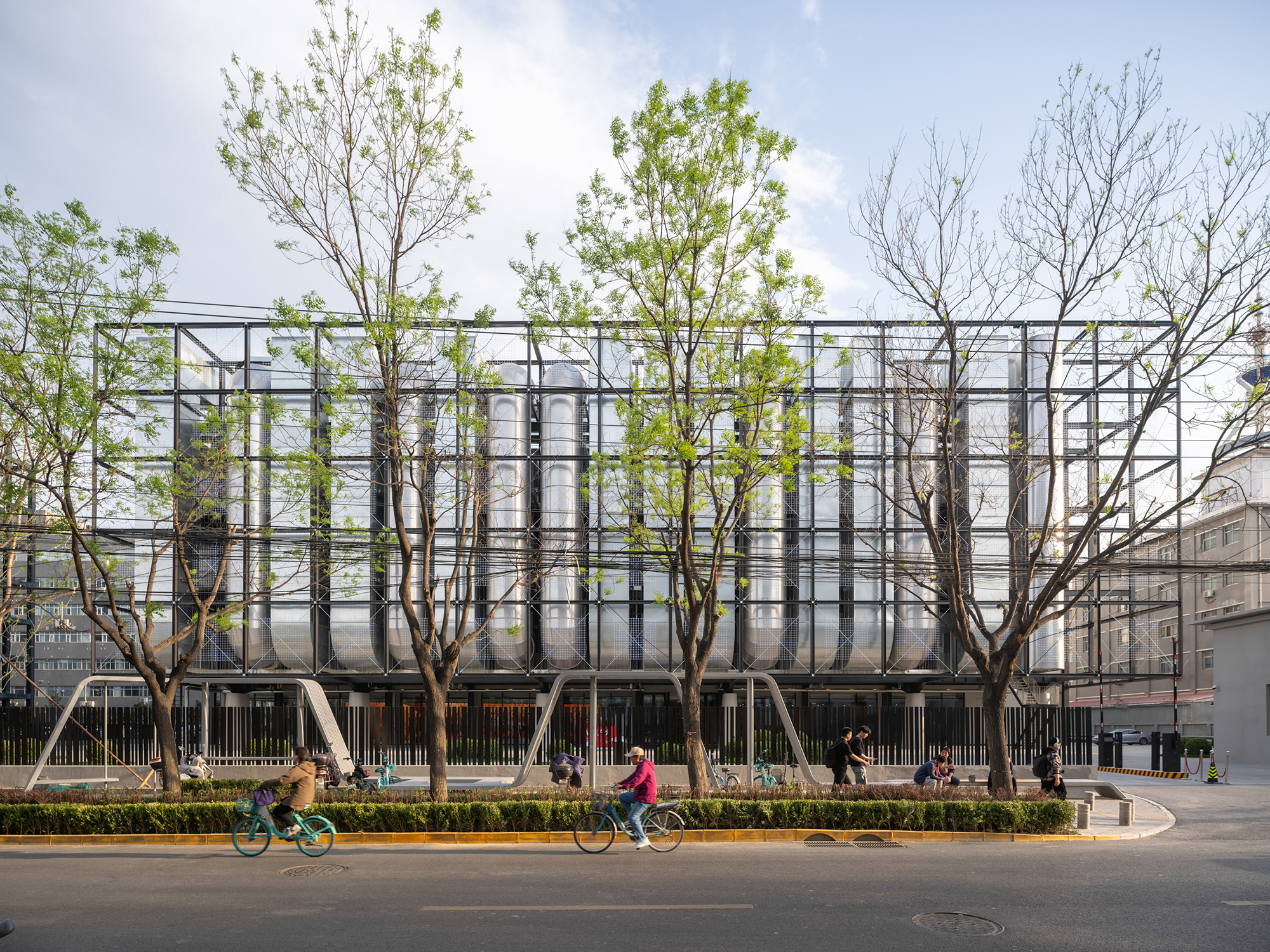 A new AI data centre in Beijing is designed to evolve and adapt, just like the technology within
A new AI data centre in Beijing is designed to evolve and adapt, just like the technology withinSpecialised data centre Spark 761, designed by llLab, is conceived as a physical space where humans and AI technology can coexist
-
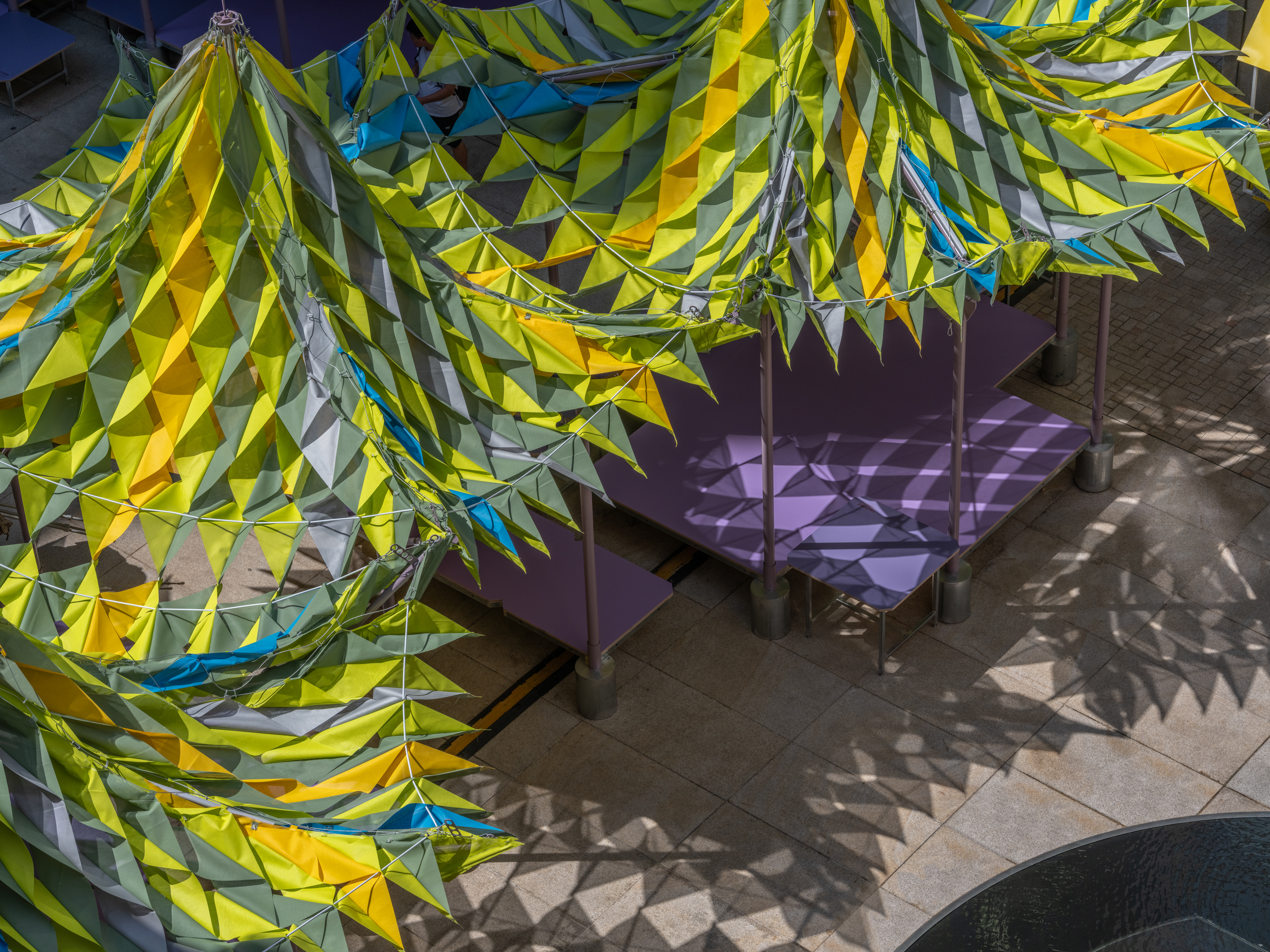 Shanghai’s biennial, RAMa 2025, takes architectural exploration outside
Shanghai’s biennial, RAMa 2025, takes architectural exploration outsideRAMa 2025, the architecture biennial at Rockbund Art Museum in Shanghai, launches, taking visitors on a journey through a historic city neighbourhood – and what it needs
-
 Atelier About Architecture’s ‘house within a house, and garden within a garden’
Atelier About Architecture’s ‘house within a house, and garden within a garden’House J in Beijing, by Atelier About Architecture, is an intricate remodelling complete with a hidden indoor garden and surprising sight lines
-
 A nature-inspired Chinese art centre cuts a crisp figure in a Guiyang park
A nature-inspired Chinese art centre cuts a crisp figure in a Guiyang parkA new Chinese art centre by Atelier Xi in the country's Guizhou Province is designed to bring together nature, art and community
-
 Zaha Hadid Architects’ spaceship-like Shenzhen Science and Technology Museum is now open
Zaha Hadid Architects’ spaceship-like Shenzhen Science and Technology Museum is now openLast week, ZHA announced the opening of its latest project: a museum in Shenzhen, China, dedicated to the power of technological advancements. It was only fitting, therefore, that the building design should embrace innovation
-
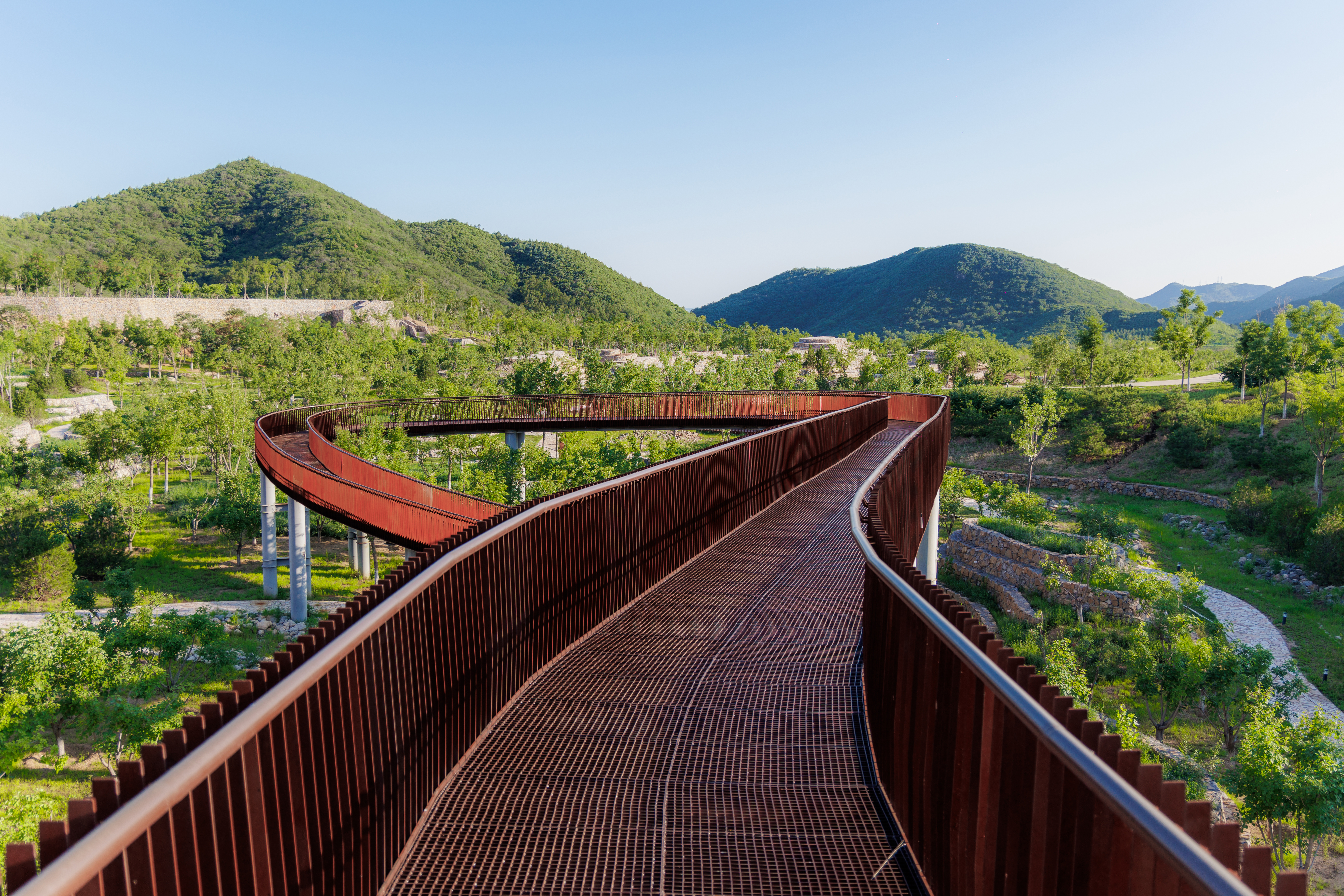 A Xingfa cement factory’s reimagining breathes new life into an abandoned industrial site
A Xingfa cement factory’s reimagining breathes new life into an abandoned industrial siteWe tour the Xingfa cement factory in China, where a redesign by landscape architecture firm SWA completely transforms an old industrial site into a lush park